2020 Kawasaki Z900 ABS
Contents
The 2020 Kawasaki Z900 ABS is a very young model, having been introduced only in 2017. Powered by a 948 cc DOHC liquid cooled inline 4 engine, the Z900 has 125 crank HP and 99 lbs-ft of crank torque. The 2020 model year brings a new feature to the Z900, that being of smartphone connectivity via Bluetooth or cable, which ties into Kawasaki’s “Rideology” app.
This app can provide more in depth information than the TFT display on the bike itself can, including riding logs, GPS mapping, odometer, fuel remaining, maintenance intervals, and even change settings on the bike such as power modes, traction control settings, and such.
The 2020 Kawasaki Z900 ABS starts at $8,999 US/$10,399 CA
On this page: we’ve curated specs, features, news, photos/videos, etc. so you can read up on the new Kawasaki Z900 ABS in one place.
Model Overview
General Info
- Price: $8,999 US/$10,399 CA
- Key Features:
- Abs (Anti-lock Brake System)
- Assist & Slipper Clutch
- LED Lighting
Key Specs
- Engine type: 948cc, 4-stroke, 4-cylinder
- Power: 125 Hp
- Wet weight: 467 lbs
- Seat height: 31.5 in
Key Competitors
2020 Kawasaki Z900 Specifications
ENGINE |
||
| Engine | 948cc, 4-stroke, 4-cylinder, DOHC, 16-valve, liquid-cooled | |
| Power | 125 Hp | |
| Bore x Stroke | 73.4mm x 56.0mm | |
| Compression Ratio |
11.8:1
|
|
| Fuel System | DFI® with 36mm Keihin throttle bodies | |
| Starter | Electric | |
| Lubrication | Forced lubrication, wet sump | |
DRIVETRAIN |
||
| Clutch | Wet multi-disc, manual | |
| Transmission | 6-speed, return, return shift | |
| Final Drive | Sealed chain | |
CHASSIS |
||
| Suspension Front | 41mm inverted fork with rebound damping and spring preload adjustability/4.7 inc | |
| Suspension Rear | Horizontal back-link, stepless rebound damping, adjustable spring preload/5.5 in | |
| Brakes Front | Dual 300mm petal-style discs with four-piston calipers, ABS | |
| Brakes Rear |
Single 250mm petal-style disc with single-piston caliper, ABS
|
|
| Tires Front | 120/70 ZR17 | |
| Tires Rear | 180/55 ZR17 | |
| Fuel Tank Capacity | 17 L (4.5 US gal.) | |
| Color |
*Metallic Graphite Gray/Metallic Spark Black *Candy Plasma Blue/Metallic Matte Fusion Silver
|
|
ELECTRICAL |
||
| Ignition |
TCBI with electronic advance
|
|
| Spark Plugs | ||
| Headlight | LED | |
| Tail Light | LED | |
DIMENSIONS |
||
| Overall Length | 81.5 in (2,070 mm) | |
| Overall Width | 32.5 in (825 mm) | |
| Overall Height | 42.5 in (1,080mm) | |
| Wheelbase | 57.3 in (1,455 mm) | |
| Ground Clearance | 5.7 in (145 mm) | |
| Seat Height | 31.5 in (800 mm) | |
| Curb Weight | 467 lbs (211 kg) | |
WARRANTY |
||
| Warranty | 12 Month Limited Warranty | |
| Extension | ||
2020 Kawasaki Z900 Features
Assist & Slipper Clutch
Based on feedback from racing activities, the Assist & Slipper Clutch uses two types of cams (an assist cam and a slipper cam) to either drive the clutch hub and operating plate together or apart.
Under normal operation, the assist cam functions as a self-servo mechanism, pulling the clutch hub and operating plate together to compress the clutch plates. This allows the total clutch spring load to be reduced, resulting in a lighter clutch lever feel when operating the clutch.
When excessive engine braking occurs – as a result of quick downshifts (or an accidental downshift) – the slipper cam comes into play, forcing the clutch hub and operating plate apart. This relieves pressure on the clutch plates to reduce back-torque and helps prevent the rear tire from hopping and skidding. This race-style function is particularly useful when sport or track riding.
Dual Throttle Valves
Late-model sport bikes often use large-bore throttle bodies to generate high levels of power. However, with large diameter throttles, when a rider suddenly opens the throttle, the unrestricted torque response can be strong. Dual throttle valve technology was designed to tame engine response while contributing to performance.
On models with dual throttle valves, there are two throttle valves per cylinder: in addition to the main valves, which are physically linked to the throttle grip and controlled by the rider, a second set of valves, opened and closed by the ECU, precisely regulates intake airflow to ensure a natural, linear response. With the air passing through the throttle bodies becoming smoother, combustion efficiency is improved and power is increased.
Economical Riding Indicator
Using high-precision electronic control for engine management, Kawasaki models can achieve a high level of fuel efficiency. However, fuel consumption is greatly affected by throttle use, gear selection, and other elements under the rider’s control. The Economical Riding Indicator is a function that indicates when current riding conditions are consuming a low amount of fuel. The system continuously monitors fuel consumption, regardless of vehicle speed, engine speed, throttle position and other riding conditions. When fuel consumption is low for a given speed (i.e. fuel efficiency is high), an “ECO” mark appears on the instrument panel’s LCD screen. By riding so that the “ECO” mark remains on, fuel consumption can be reduced.
While effective vehicle speed and engine speed may vary by model, paying attention to conditions that cause the “ECO” mark to appear can help riders improve their fuel efficiency – a handy way to increase cruising range. Further, keeping fuel consumption low also helps minimize negative impact on the environment.
KTRC (Kawasaki TRaction Control)
KTRC, Kawasaki’s advanced traction control system provides both enhanced sport riding performance and the peace of mind to negotiate slippery surfaces with confidence. Multiple rider-selectable modes (the number of modes varies by model) offer progressively greater levels of intrusion to suit the riding situation and rider preference.
Less intrusive modes maintain optimum traction during cornering. Designed with sport riding in mind, they facilitate acceleration out of corners by maximizing forward drive from the rear wheel. And because Kawasaki’s sophisticated software bases its dynamic analysis on the chassis’ orientation relative to the track surface (rather than relative to a horizontal plane), it is able to take into account corner camber, gradient, etc., and adapt accordingly.
In the more intrusive modes (and for some models, in any mode), when excessive wheel spin is detected, engine output is reduced to allow grip to be regained, effectively enabling riders to negotiate both short, slippery patches (train tracks or manhole covers) and extended stretches of bad roads (wet pavement, cobblestone, gravel) with confidence.
Models equipped with IMU incorporate chassis-orientation feedback to offer even more precise management.
Power Modes
Models equipped with multiple Power Modes offer riders an easily selectable choice of engine power delivery to suit riding conditions or preference. In addition to Full Power mode, one (Low) or two (Middle, Low) alternate mode(s) in which maximum power is limited and throttle response is milder are provided.
ABS (Anti-lock Brake System)
Kawasaki ABS systems use front and rear wheel sensors to constantly monitor wheel speed. Should information from either of the sensors indicate that wheel lock has occurred, the ABS ECU directs the pump in the ABS unit to modulate brake fluid pressure (releasing and reapplying pressure so that traction can be regained) until normal operation resumes. ABS offers rider reassurance that contributes to greater riding enjoyment.
Smartphone Connectivity
Clever technology enables riders to connect to their motorcycle wirelessly. Using the smartphone application “RIDEOLOGY THE APP,” a number of instrument functions can be accessed, contributing to an enhanced motorcycling experience. Vehicle information (such as the odometer, fuel gauge, maintenance schedule, etc) can be viewed on the smartphone. Riding logs (varies by model, but may include GPS route, gear position, rpm, and other information) can be viewed on the smartphone. When connected, telephone (call, mail) notices are displayed on the instrument panel. Riders can also make changes to their motorcycle’s instrument display settings (preferred units, clock and date setting, etc) via the smartphone. And on certain models, it is even possible to check and adjust vehicle settings (such as Rider Mode, electronic rider support features, and payload settings) using the smartphone.
Horizontal Back-link Rear Suspension
Compared to the Kawasaki traditional Uni-Trak® rear suspension, which mounts the shock unit vertically, with Horizontal Back-link Rear Suspension, the shock unit is almost horizontal. The original Kawasaki suspension arrangement locates the shock unit very close to the bike’s center of gravity, greatly contributing to mass centralization. And because there is no linkage or shock unit protruding beneath the swingarm, this frees up space for a larger exhaust pre-chamber (an exhaust expansion chamber situated just upstream of the silencer). With a larger pre-chamber, silencer volume can be reduced, and heavy exhaust components can be concentrated closer to the center of the bike, further contributing to mass centralization. The result is greatly improved handling.
A secondary benefit is that the shock unit is placed far away from exhaust heat. Because it is more difficult for heat from the exhaust system to adversely affect suspension oil and gas pressure, suspension performance is more consistent.
2020 Kawasaki Z900 Photos
2020 Kawasaki Z900 Videos
Links
Kawasaki Official Websites



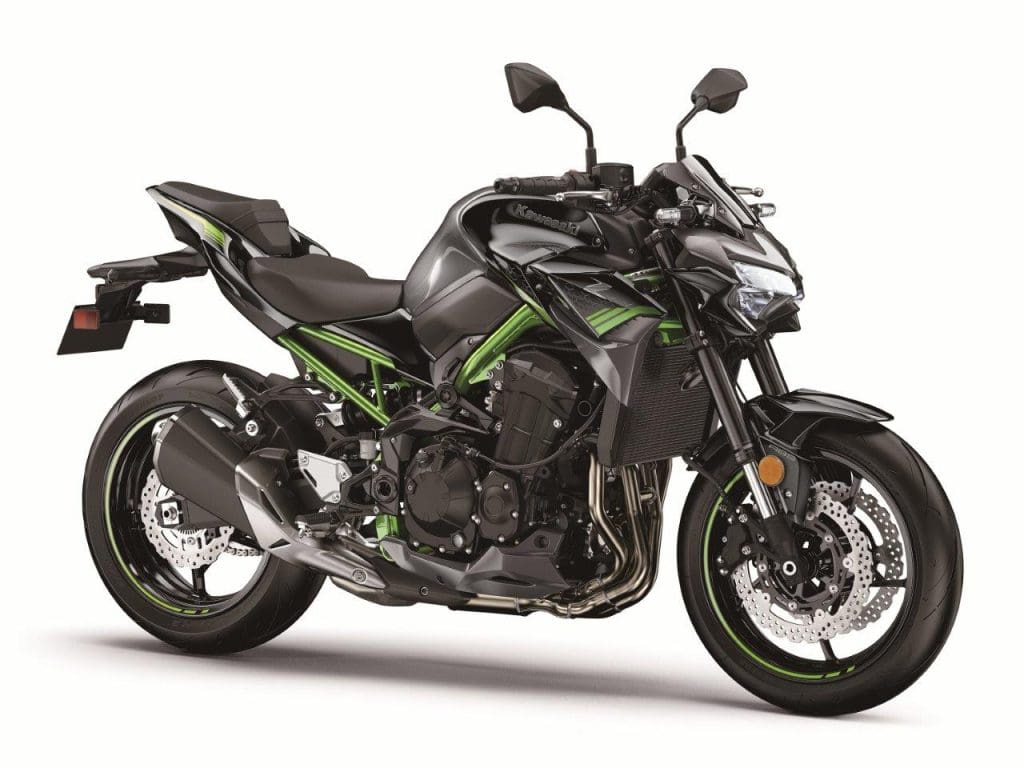
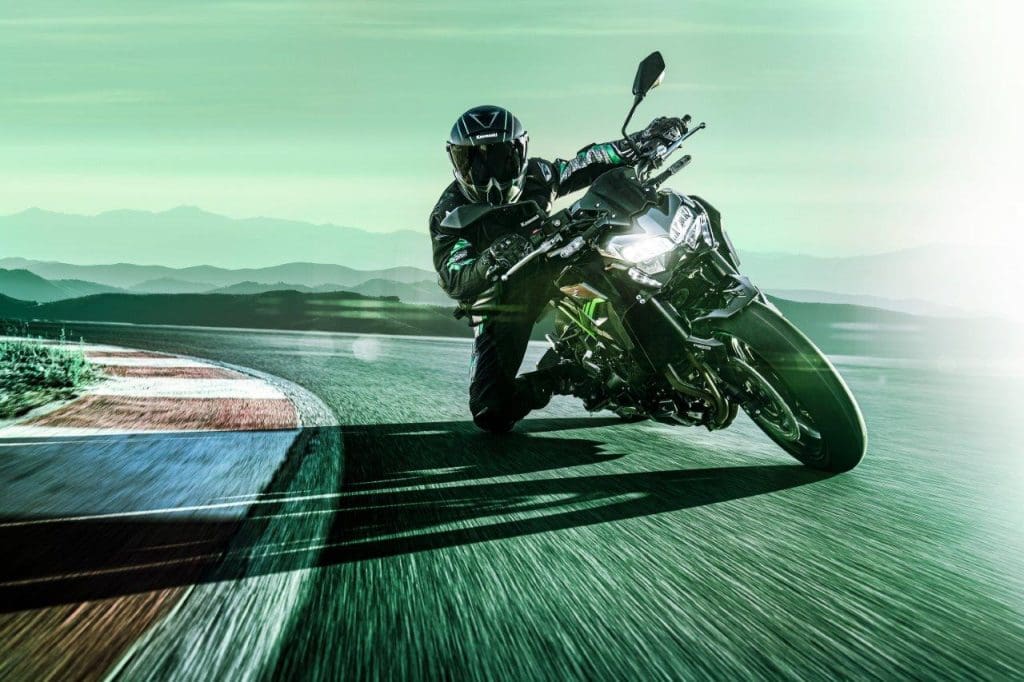

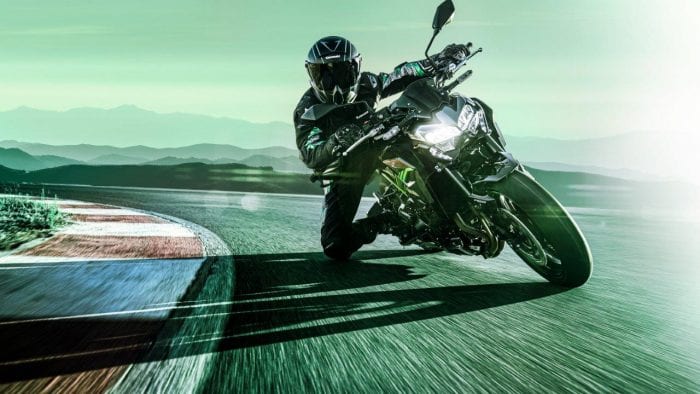
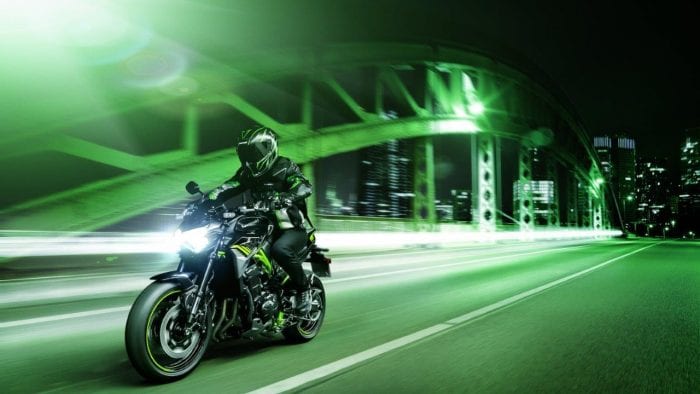
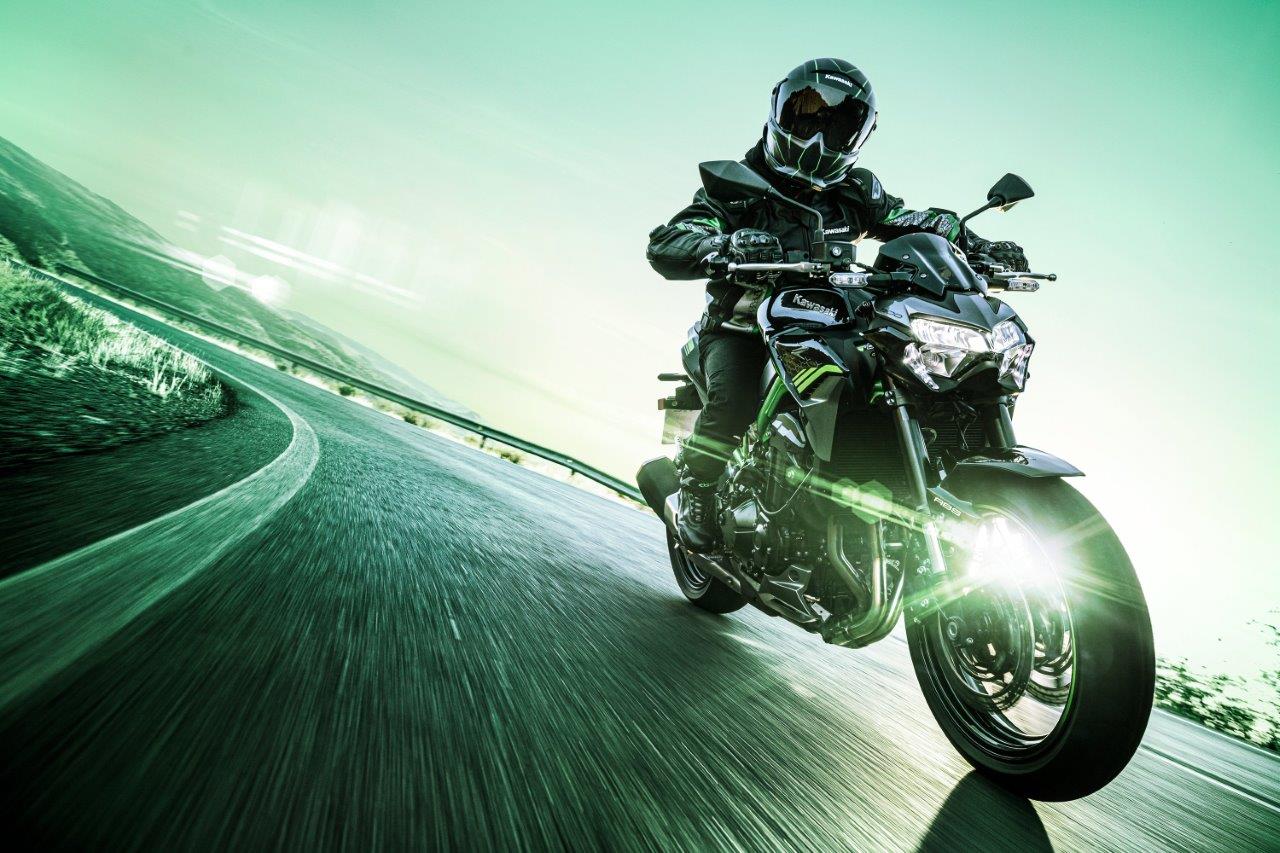
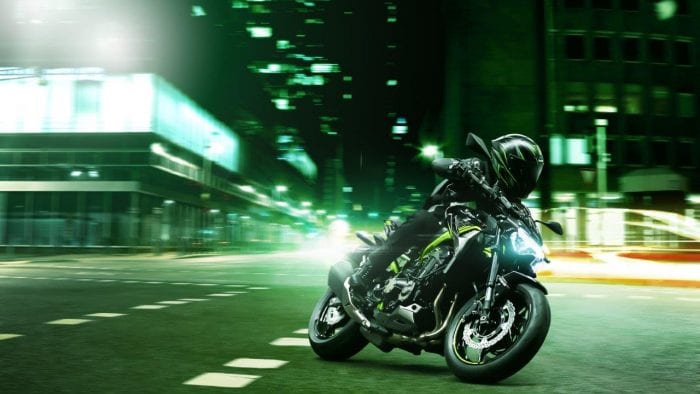
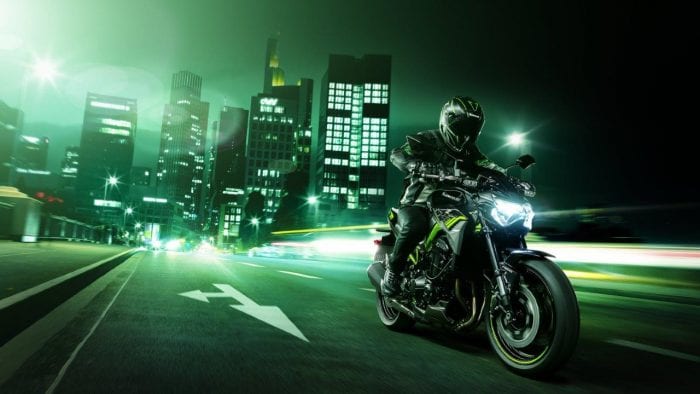
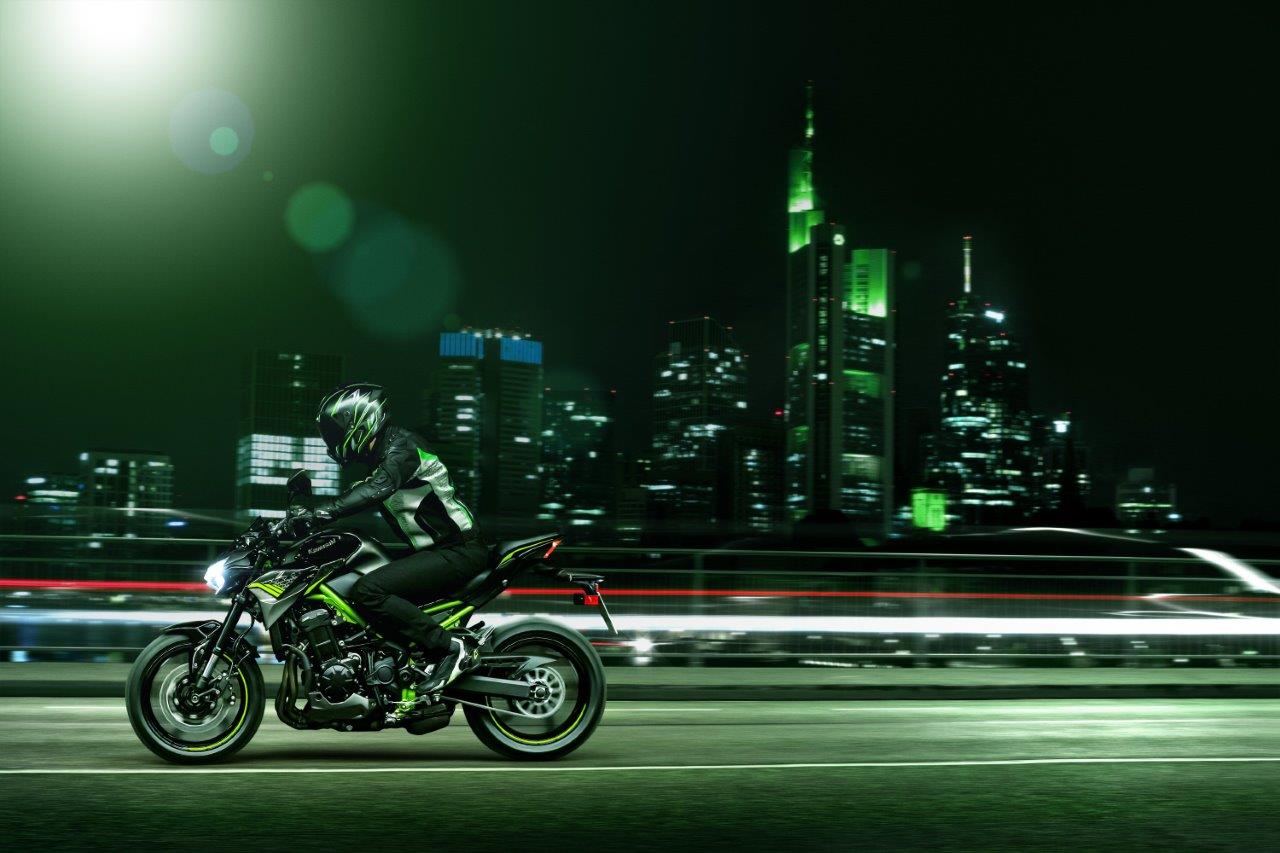
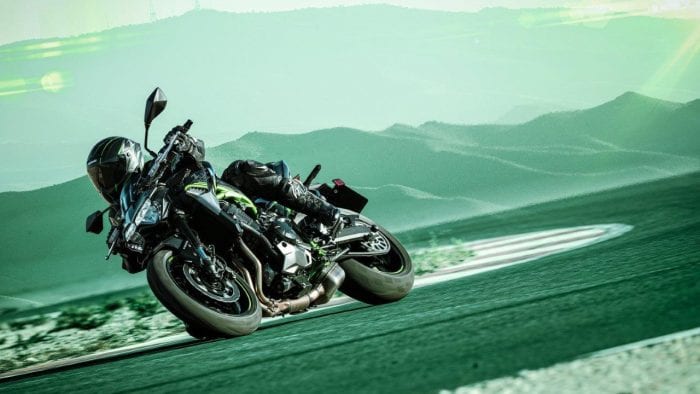
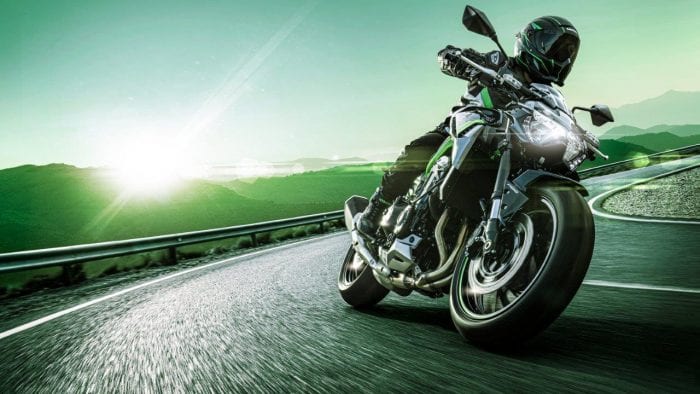
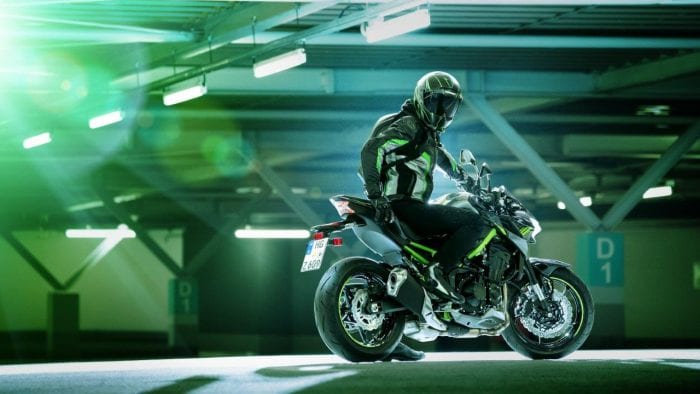
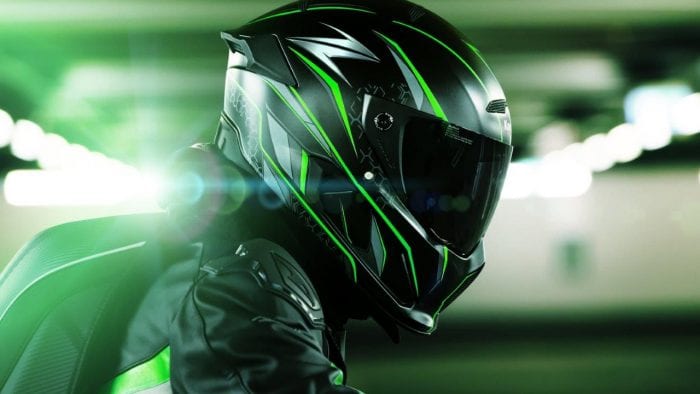
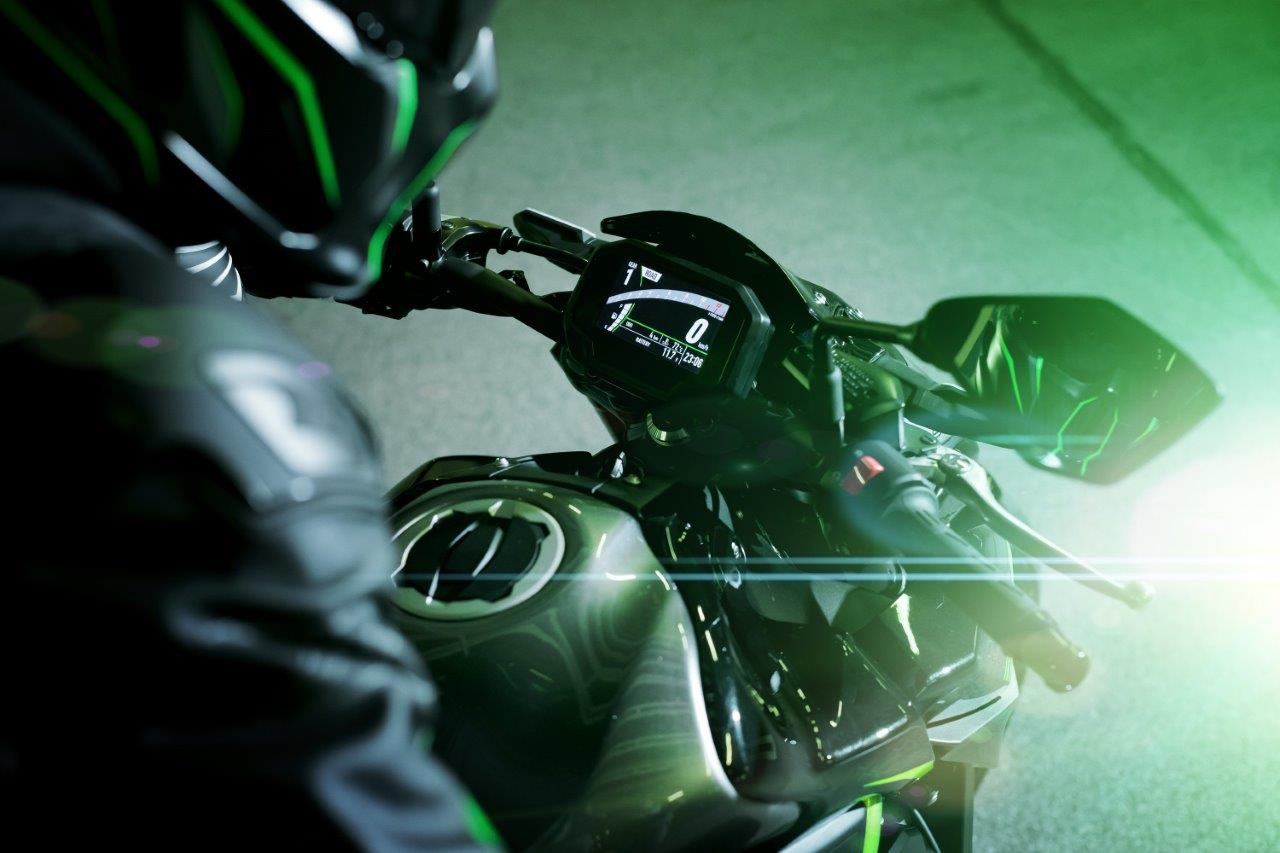
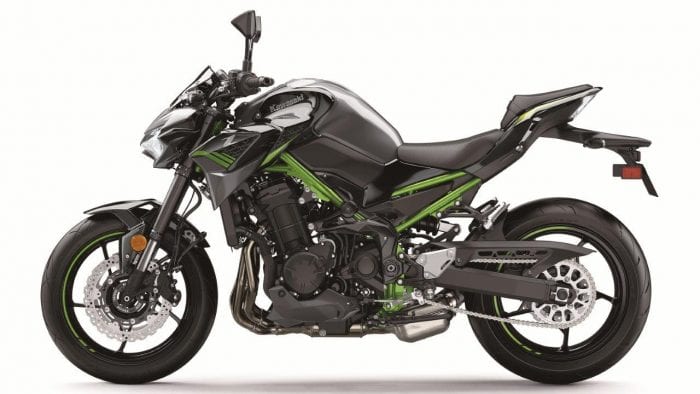
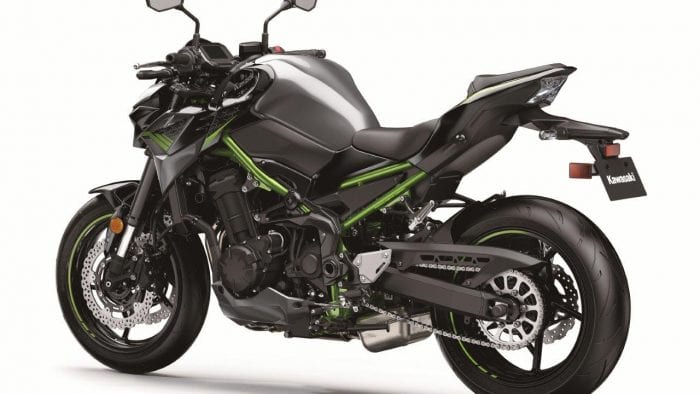
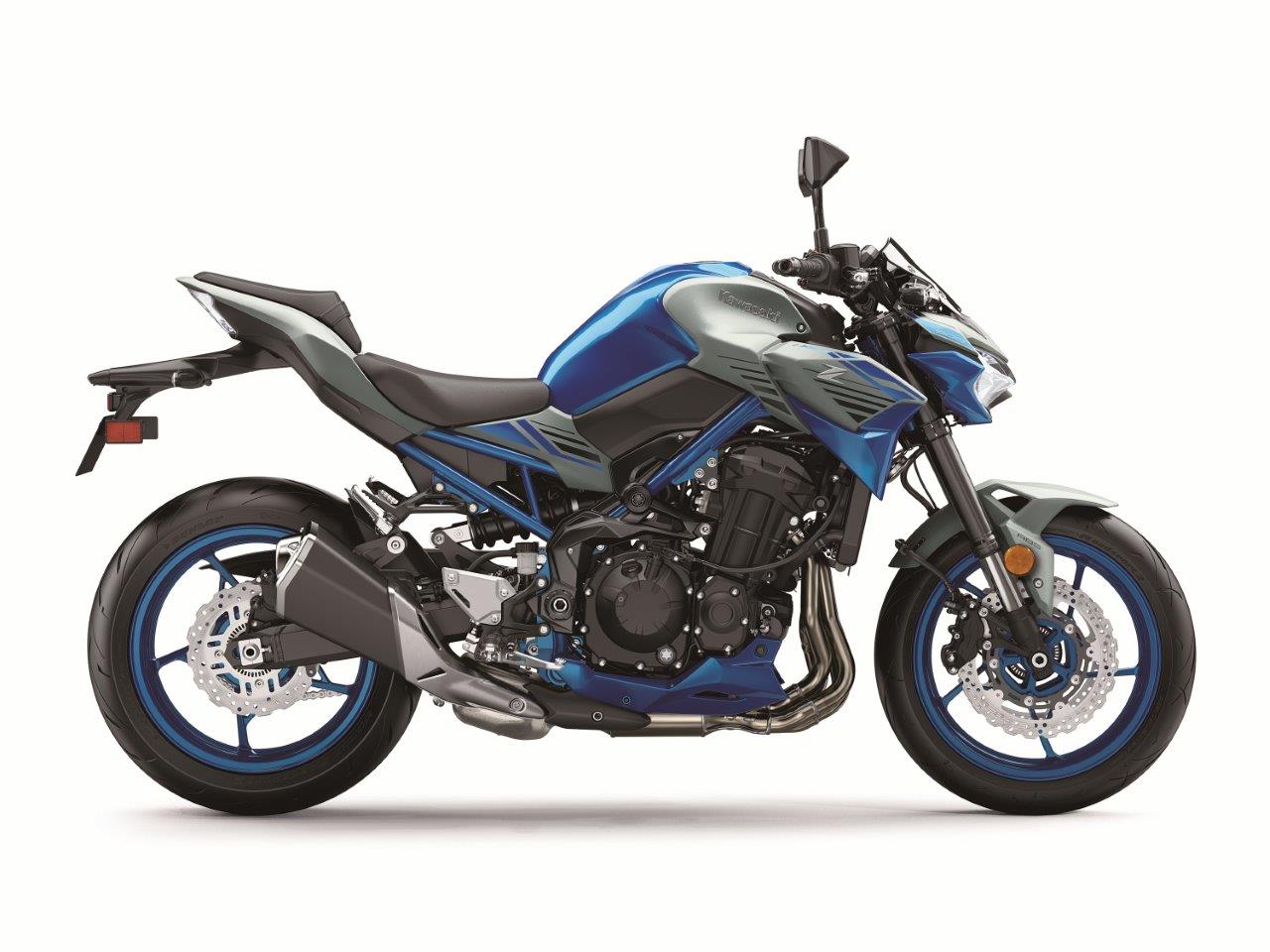
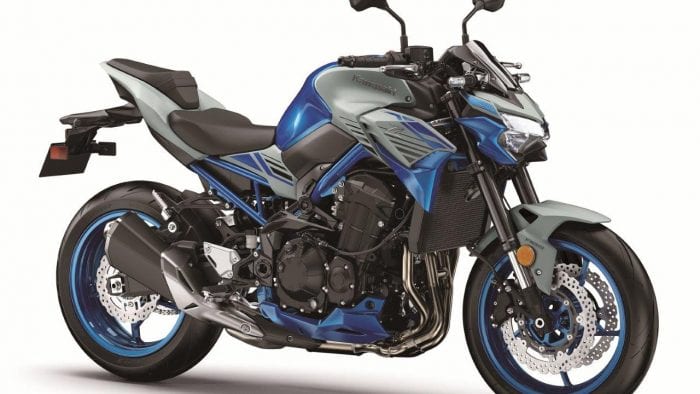
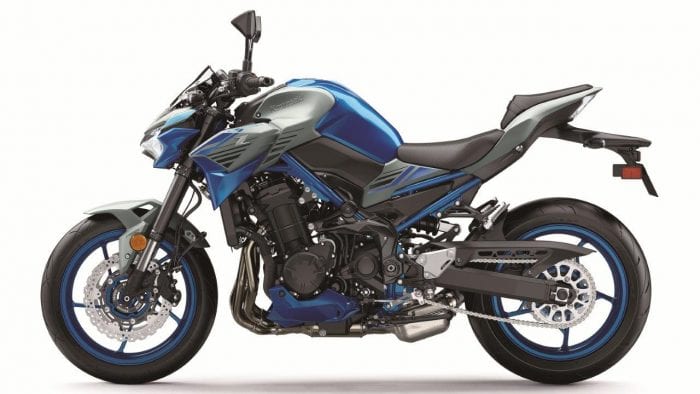
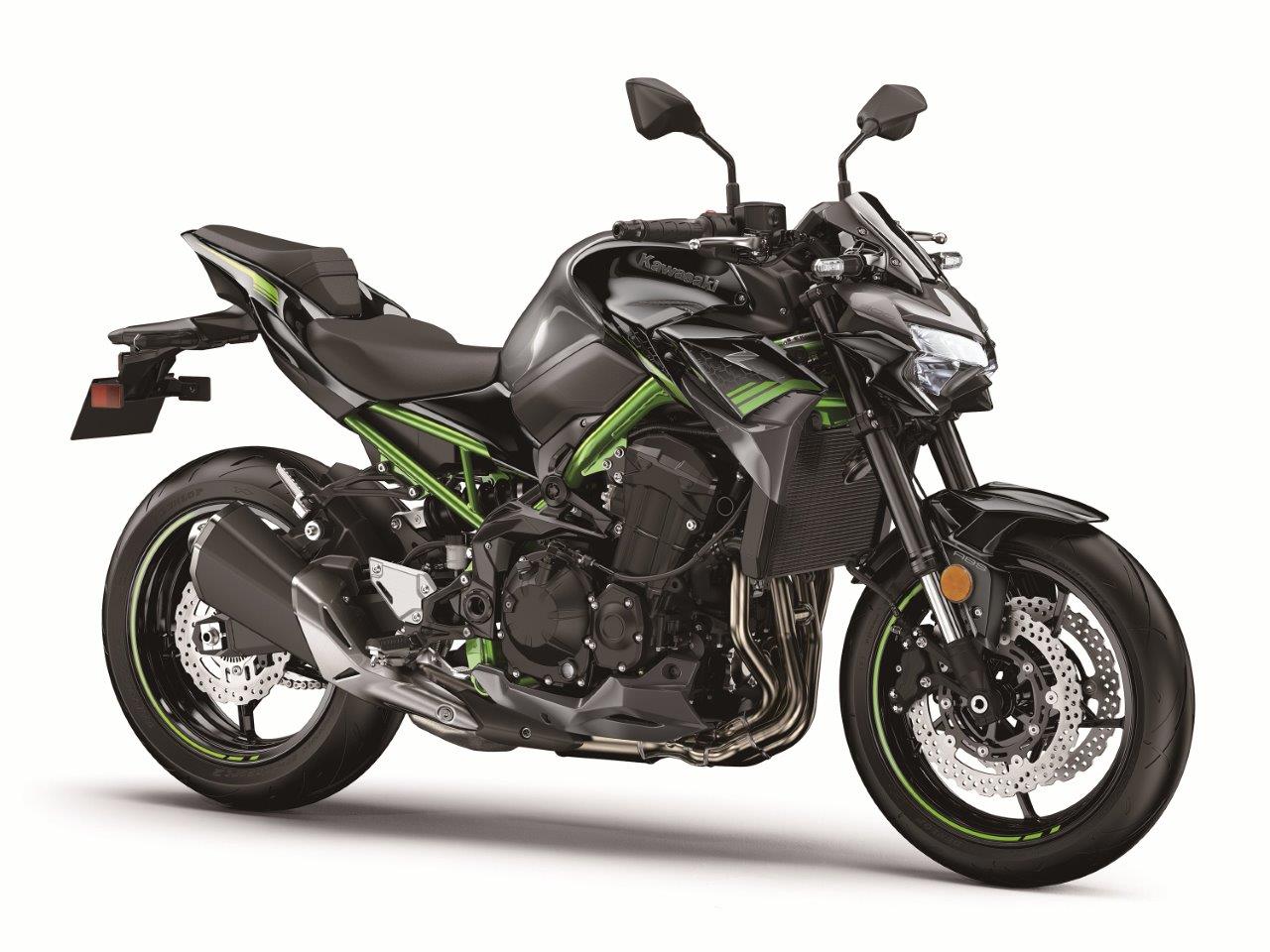
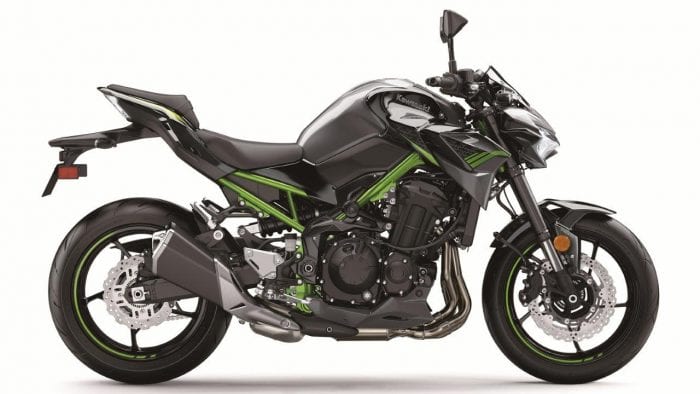
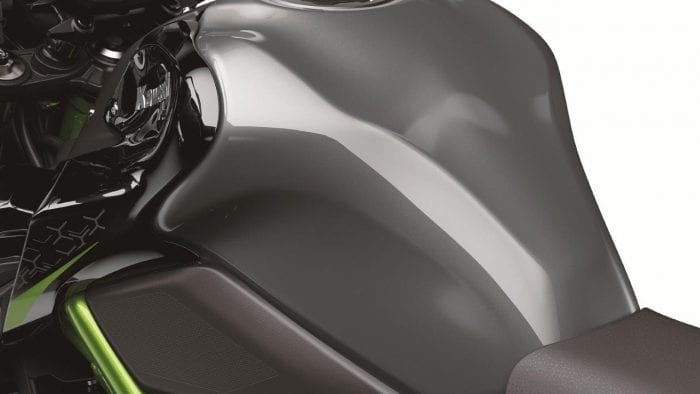
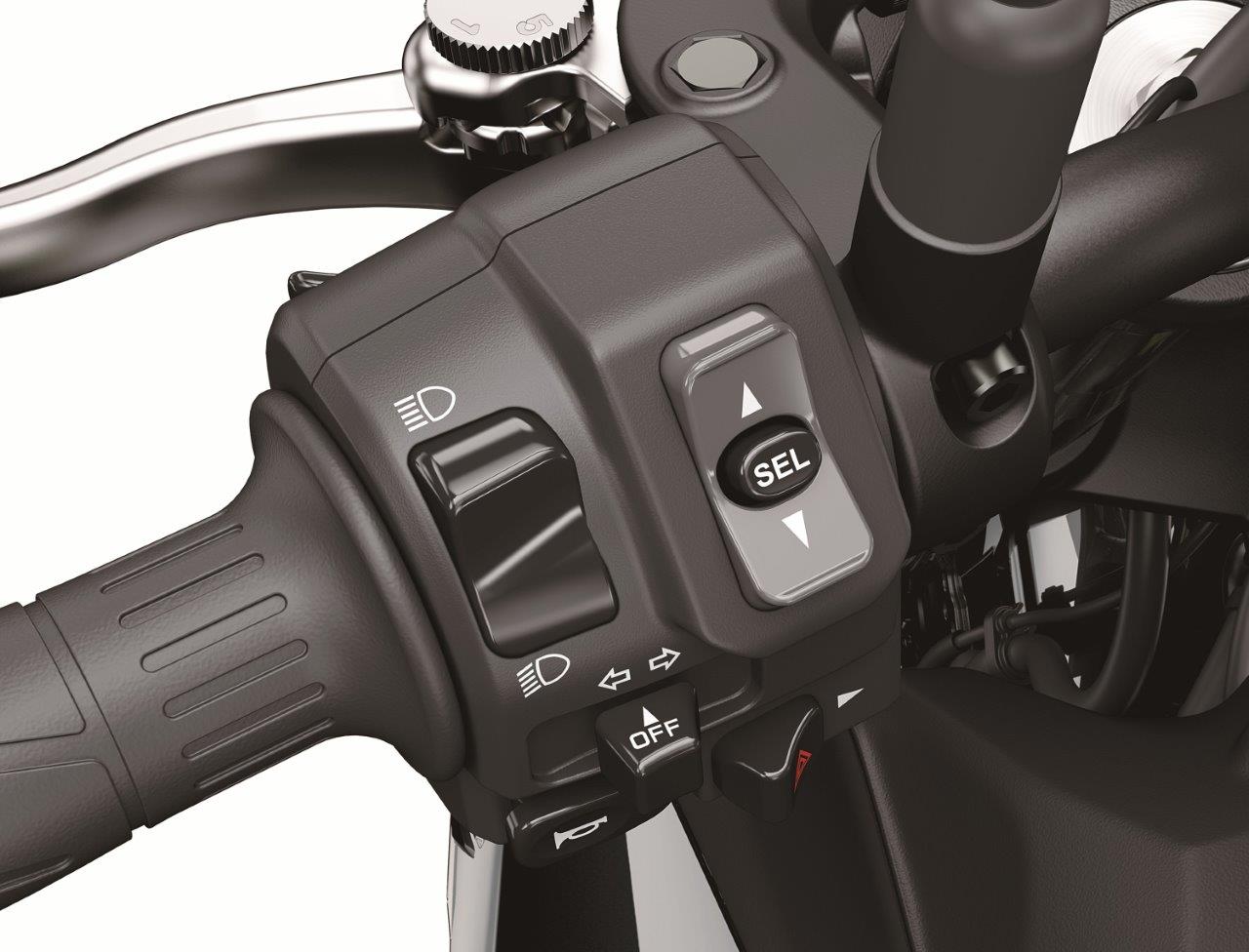
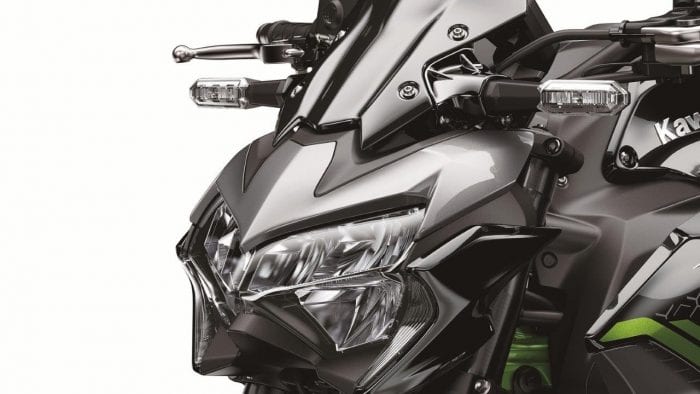
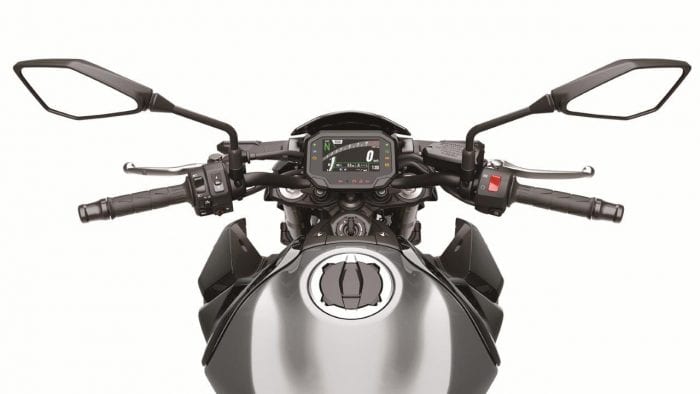
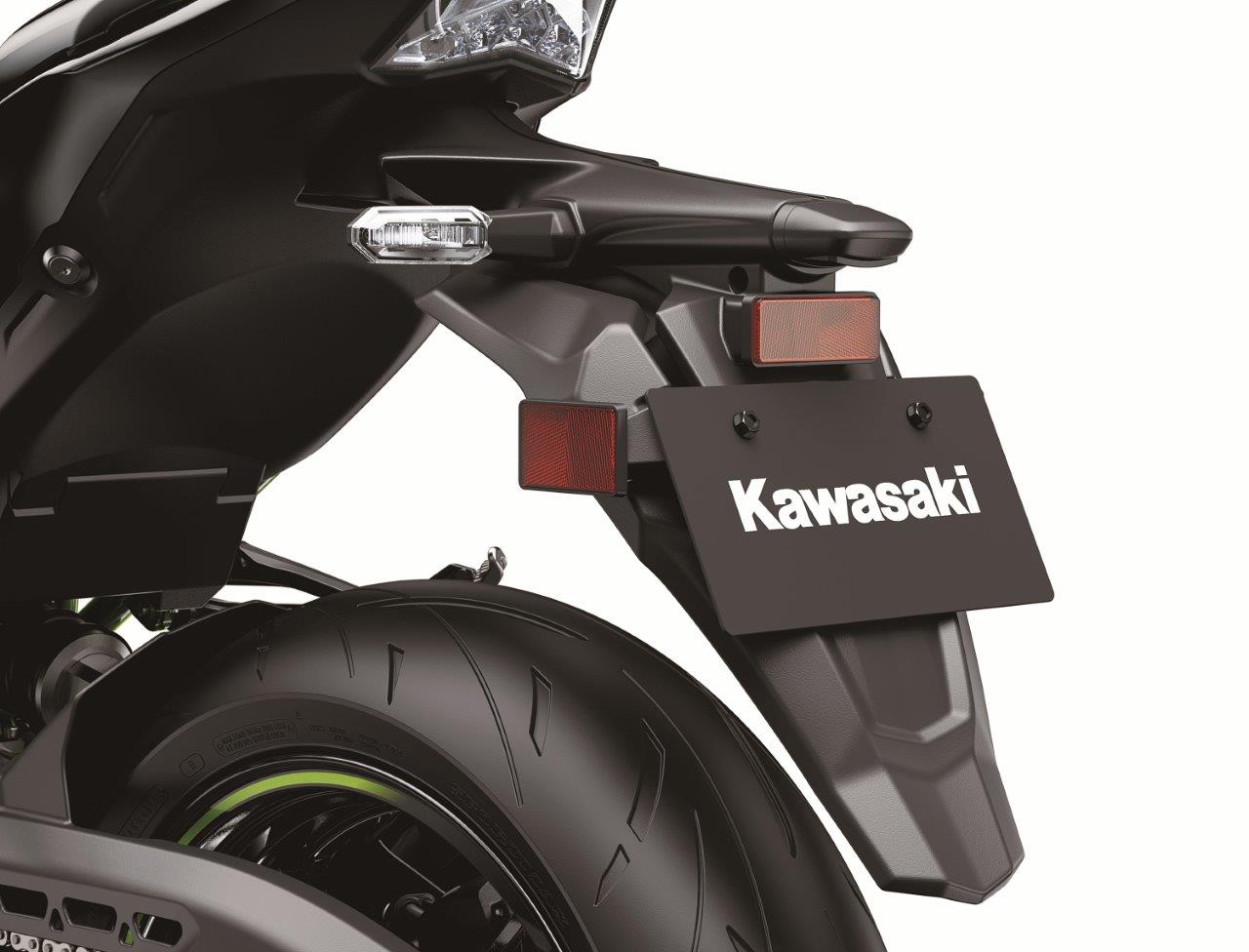
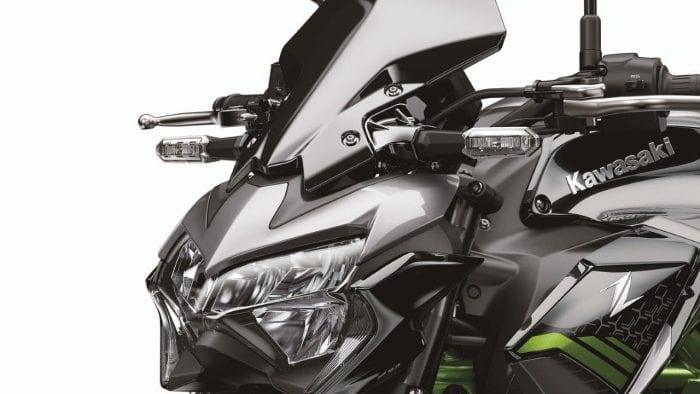
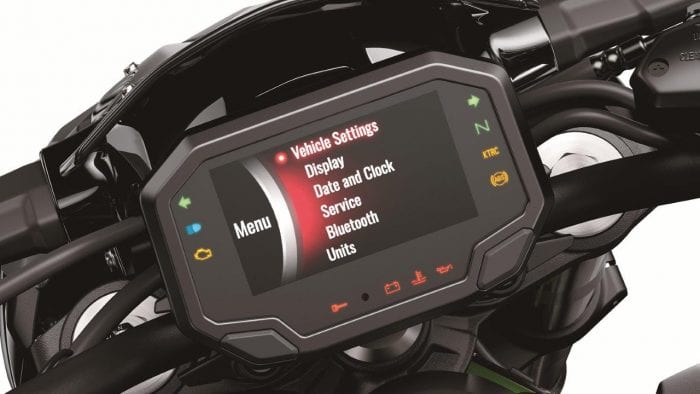
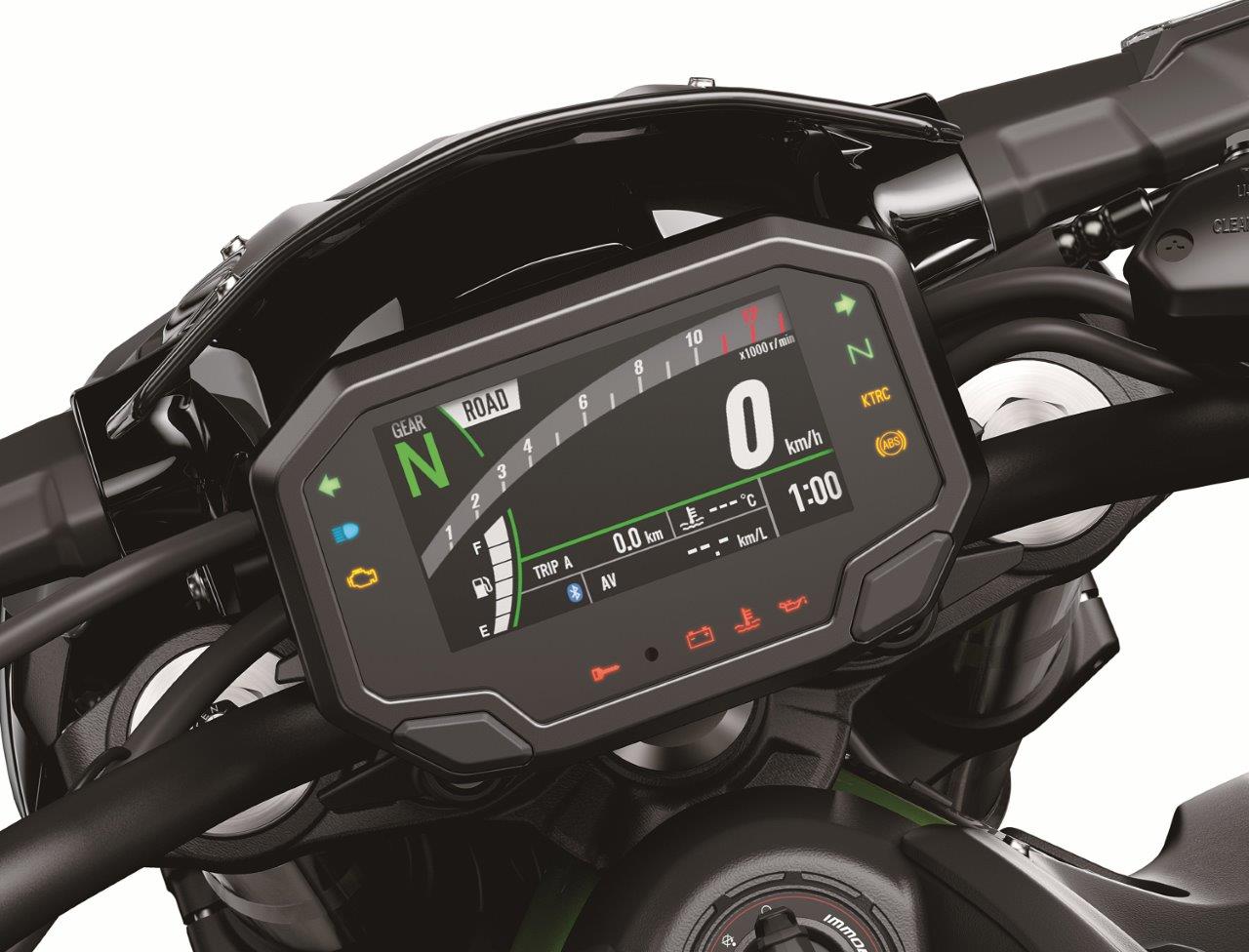
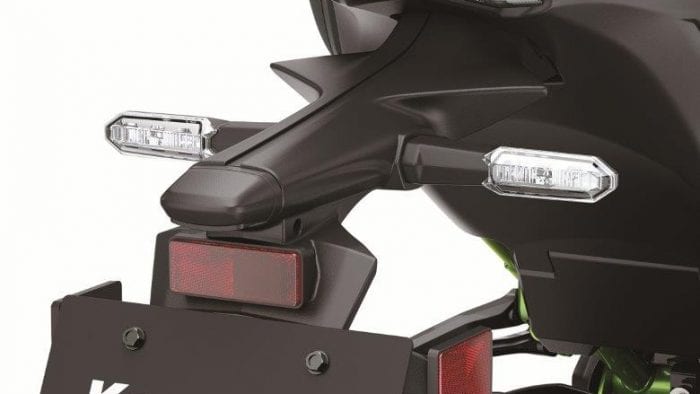
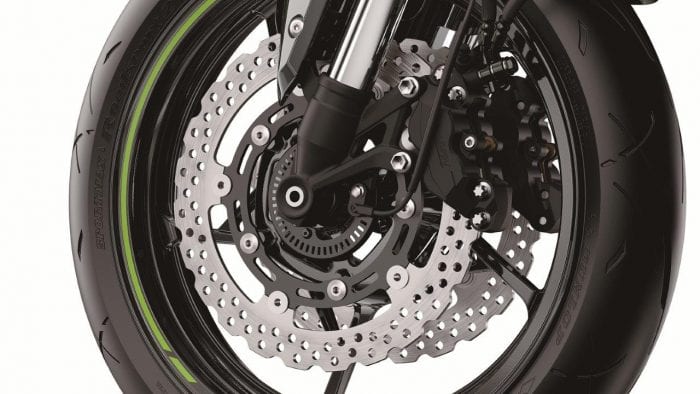
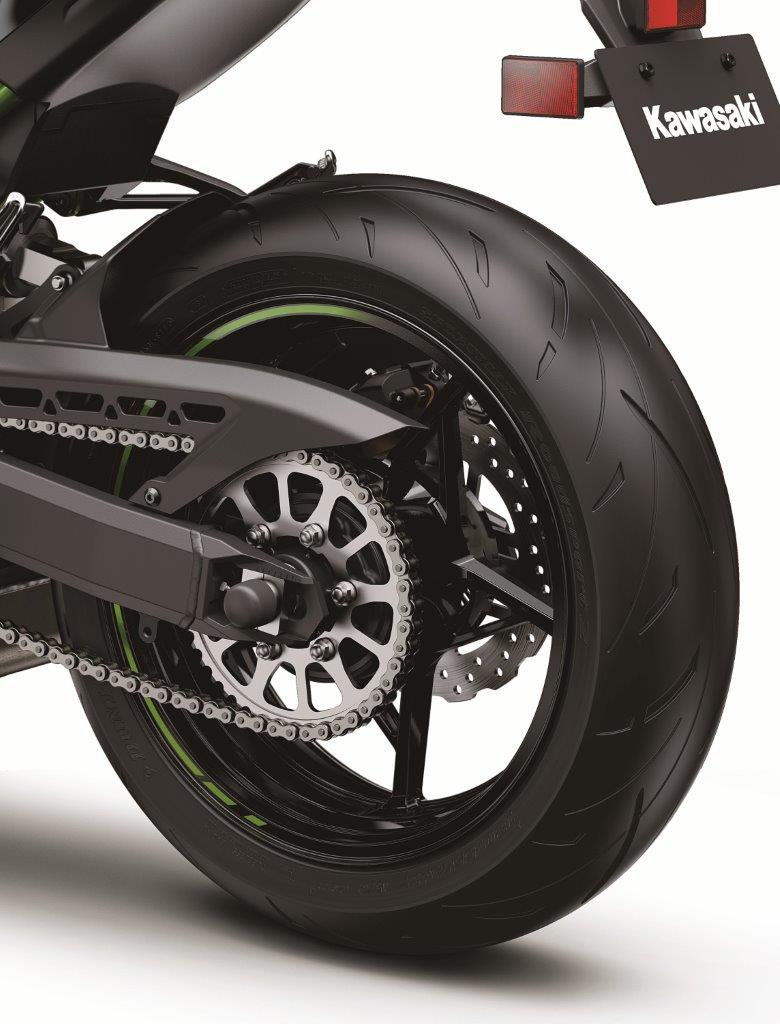
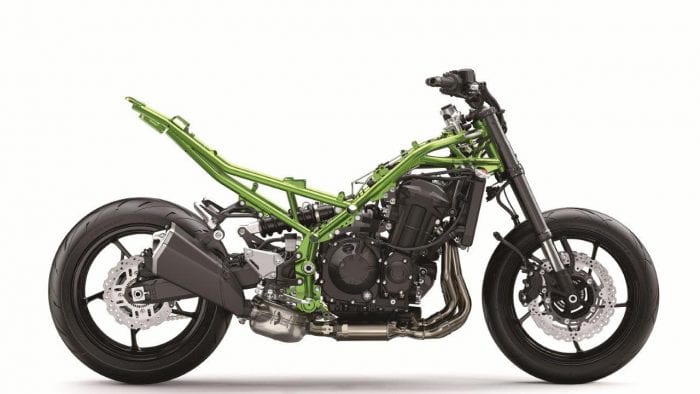


No Comment